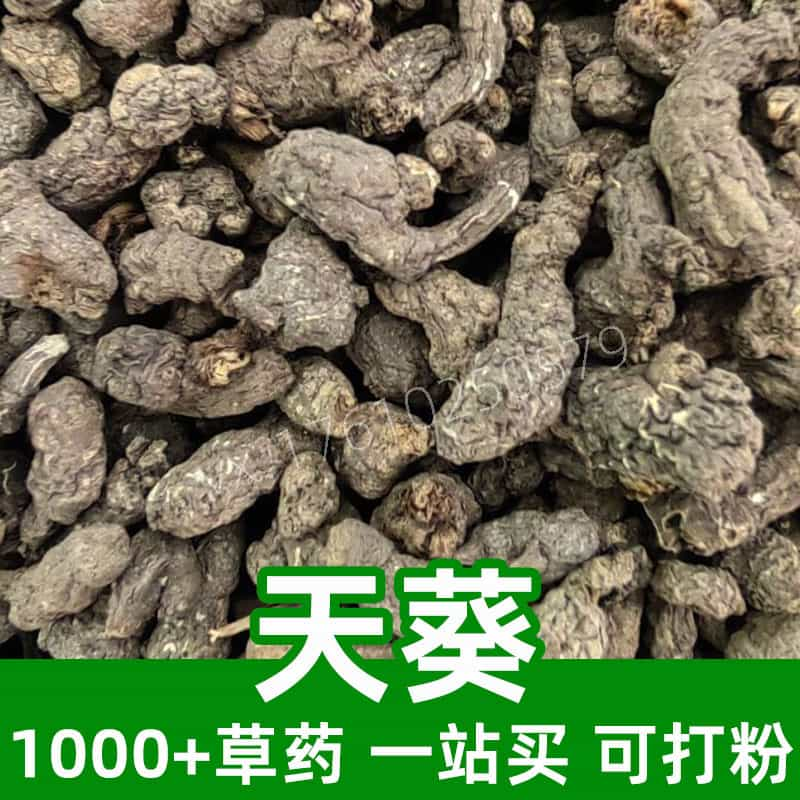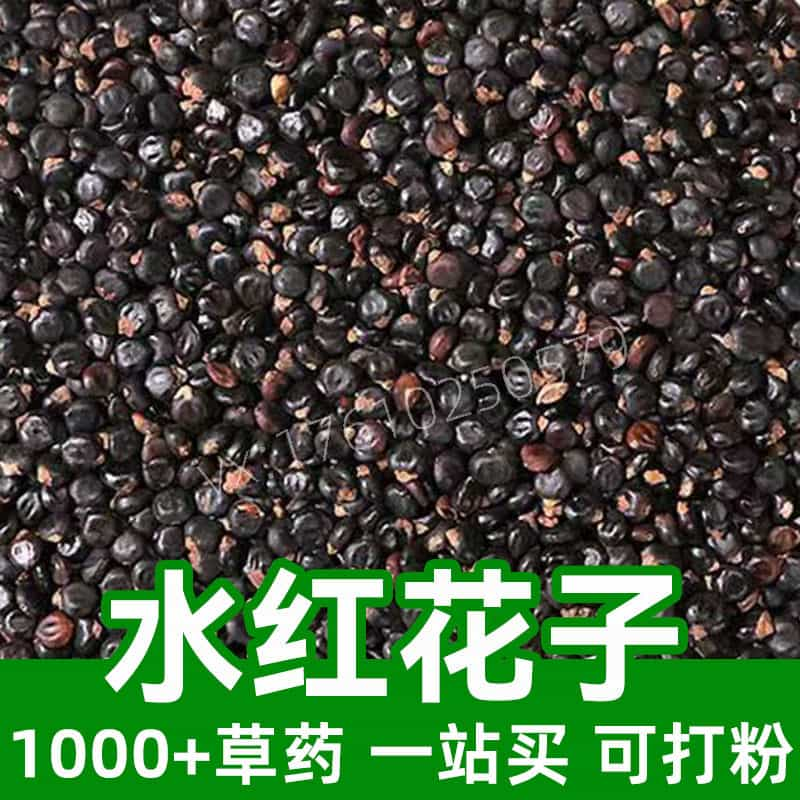Product Introduction
Corn silk, the silky threads that grow alongside corn ears, has been utilized in traditional medicine for centuries. Originating from the sweet corn plant (Zea mays), this herb is celebrated for its mild flavor and harmonious properties. Traditionally, corn silk has been employed to support various bodily functions, particularly associated with urinary health and water metabolism. According to herbal practices, corn silk is believed to aid kidney function and act as a natural diuretic, promoting fluid balance.
The main components of corn silk include polysaccharides, flavonoids, vitamins like vitamin K, and essential minerals such as potassium. These elements contribute to its potential health benefits, making it a versatile ingredient in both culinary and herbal formulations. Corn silk is readily available in the form of dried strands, capsules, or as an infusion in teas.
From a culinary perspective, corn silk has been effectively incorporated into numerous dishes, enhancing flavor while providing nutritional value. Its delicate, sweet taste makes it a delightful addition to soups and teas. As recognition of corn silk grows in contemporary herbalism, it remains rooted in its traditional applications, serving as a reminder of nature’s offerings and the wisdom of ancient practices.
Main Active Ingredients
The active constituents of corn silk (Zea mays hair) are primarily comprised of several key compounds known for their potential benefits. Among these, polysaccharides, such as inulin-type fructans, are most significant. These naturally occurring carbohydrates are associated with prebiotic effects, which may help support digestive health by promoting beneficial gut bacteria.
Additionally, corn silk is rich in flavonoids, particularly quercetin and kaempferol. These antioxidants are believed to combat oxidative stress within the body. Flavonoids are known for their potential to support normal cellular function, thereby maintaining overall health.
Vitamin K is another noteworthy component, playing an integral role in blood clotting and bone metabolism. Alongside potassium, found abundantly in corn silk, these minerals contribute to cardiovascular health and regulation of blood pressure.
The chemical composition of corn silk also includes other vitamins and trace minerals, making it a well-rounded herb. The presence of these compounds makes corn silk attractive not only in herbal medicine but also in functional foods, as it may offer nutritional benefits when used in cooking or as part of dietary supplements.
The synergy of these active ingredients within corn silk enhances its status as a significant herbal material in traditional Chinese medicine. It has been employed in various formulations designed to support the body's balance, especially concerning urinary functions.
Product Application Scenarios, Usage, and Dosage
Corn silk holds substantial prominence in traditional Chinese medicine, where it has been utilized primarily for its diuretic properties. This makes it particularly advantageous for promoting urinary health. Herbalists often recommend corn silk for its gentle approach to assisting the body in expelling excess water and toxins.
In terms of usage, corn silk can be consumed in various forms. One of the most traditional methods is through infusion; herbal teas made with dried corn silk are popular and easy to prepare. To make a corn silk tea, one can steep 1-2 teaspoons of dried corn silk in hot water for about 10-15 minutes. This results in a mildly flavored beverage that can be consumed 1-3 times daily.
For those looking for concentrated dosages, corn silk is available in capsules or extracts. It's essential to follow the guidelines on the package for appropriate dosage. Generally, a daily intake of 500 mg to 1500 mg is considered effective for adults, but it is advisable to consult with a healthcare professional to tailor the dosage according to individual health needs.
In addition to its use in herbal formulations, corn silk can also be incorporated into soups and broths. When simmered, it adds a slightly sweet flavor, enriching the dish while providing its benefits. Combining it with other herbs and natural ingredients enhances its overall efficacy in supporting bodily functions.
It's crucial to ensure that corn silk is sourced from reputable suppliers to guarantee purity and quality. Properly prepared and consumed, corn silk can be a valuable addition to a holistic approach to health that includes diet and lifestyle factors.
Introduction to the Source Plant, Distribution, and Growth Environment
Corn silk is derived from the sweet corn plant (Zea mays), a member of the grass family (Poaceae). Native to the Americas, particularly Central and South America, this plant has a long history of cultivation and use among indigenous communities. Today, corn is one of the most widely cultivated crops globally, thriving in various climates and agricultural landscapes.
Zea mays grows best in warm, temperate climates with well-drained, fertile soil that provides an ideal environment for its development. It typically prefers full sun, requiring around 6-8 hours of sunlight daily for optimal growth. Corn plants can grow to heights of 5-12 feet, producing the characteristic ears, which are the source of the corn silk.
The growth cycle of corn involves planting seeds in the spring. With sufficient moisture and warmth, corn plants emerge and grow rapidly. The silk begins to develop as the ears of corn form and mature, usually around 60 to 100 days after planting, depending on the specific variety and environmental conditions.
Harvesting corn silk occurs during the maturity stage when the corn ears are ready for harvest. The silk must be delicately collected to prevent damage to the plant and to ensure that it retains its beneficial properties. This harvesting process is usually done by hand to maintain the integrity of the silk.
In terms of geographical distribution, corn silk can be found in regions where corn is cultivated, including North America, South America, and parts of Asia and Africa. Varieties of corn used for food production often correlate with the quality and characteristics of the silk harvested. Understanding the growth environment of corn is essential, as it directly influences the herb’s chemical composition and, consequently, its applications in herbal medicine.
Harvesting, Processing, and Storage
The harvesting of corn silk is a critical step that significantly affects quality and efficacy. It typically occurs during the booming stage of the corn plant when the silk is at its finest and most potent. Harvesting is usually done in late summer to early fall when the corn ears develop and the silk becomes golden and dry. Care must be taken to pick the silk gently from the ears to avoid breaking off the delicate strands.
Once harvested, corn silk needs to be processed quickly to maintain its freshness. The first step involves cleaning the silk to remove any impurities or residual debris that may have accumulated during harvesting. After cleaning, the silk can be air-dried in a shaded, ventilated area. Avoiding direct sunlight is crucial as UV exposure can degrade the delicate compounds within the silk.
After drying, the corn silk can be stored in airtight containers to protect it from moisture and pests. Properly dried corn silk retains its flavors and beneficial properties for several months. It is best stored in a cool, dry place away from direct sunlight and extreme temperatures, which can diminish its quality over time. Vacuum sealing can also prolong its shelf life.
For those who are processing large quantities, it is wise to ensure that the storage environment is consistently maintained to avoid spoilage. Proper storage procedures not only enhance the usability of corn silk in herbal preparations but also preserve its natural attributes, ensuring that users can benefit from its properties.
By understanding the entire lifecycle from planting to the final product, including harvesting and storage, consumers can appreciate the journey corn silk takes as it transforms into a valuable herbal ingredient. Such knowledge not only enhances the appreciation for traditional practices but also promotes responsible sourcing and use of natural resources.
Monica Sun is a seasoned expert in the natural raw materials industry, with over a decade of experience specializing in traditional Chinese medicinal herbs, spices, and fungi. She is skilled in the sourcing, processing, and application of these materials, emphasizing sustainability and innovation. Monica Sun has contributed to the development of high-quality natural raw materials that serve as essential components in functional foods, pharmaceuticals, and cosmetics, delivering tailored solutions to meet diverse market needs.












